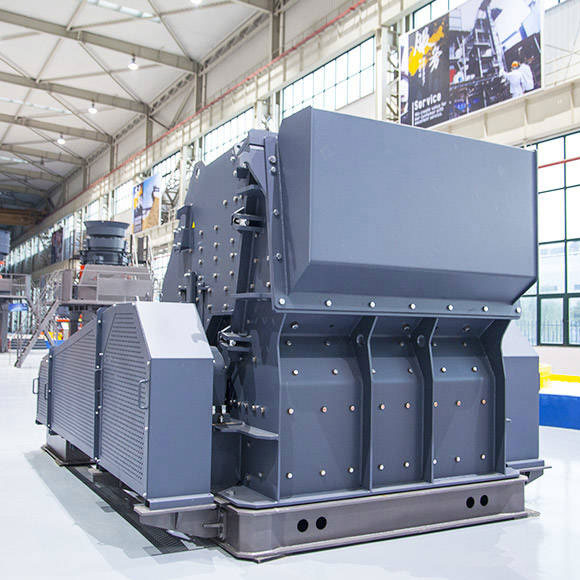Impact crushers are vital tools in the quarrying industry, serving to crush various types of materials into smaller, more manageable sizes. Their capacity is a crucial aspect determining their efficiency and effectiveness in quarry operations.
The capacity of impact crushers in quarries varies widely depending on several factors, including the type of material being crushed, the size and shape of the feed material, the desired final product size, the speed of the crusher’s rotor, the power input, and the design of the crusher itself. Let’s delve into each of these factors to understand their impact on the capacity of impact crushers in quarries.

- Type of Material: Different materials have different characteristics, such as hardness, abrasiveness, and compressive strength, which influence how efficiently they can be crushed. Harder materials require more energy and time to crush, reducing the overall capacity of the crusher.
- Feed Material Size and Shape: The size and shape of the feed material also play a significant role in determining the crusher’s capacity. Larger and irregularly shaped materials may require more energy to crush and may not feed smoothly into the crusher, affecting its throughput.
- Desired Final Product Size: The size of the final product required by the quarry operation will impact the capacity of the crusher. Crushers designed to produce finer products may have lower throughput capacities compared to those optimized for coarser products.
- Rotor Speed: The speed at which the rotor of the impact crusher rotates affects the crushing process. Higher rotor speeds generally result in finer product sizes but may reduce the capacity of the crusher due to increased wear and energy consumption.
- Power Input: The power input to the crusher motor directly influences its capacity. Higher power ratings allow the crusher to handle larger volumes of material and operate more efficiently, increasing its capacity.
- Crusher Design: The design of the impact crusher, including the rotor configuration, chamber geometry, and crushing mechanism, plays a crucial role in determining its capacity. Well-designed crushers can efficiently utilize energy and maximize throughput while minimizing wear and maintenance requirements.
In practice, the capacity of impact crushers in quarries typically ranges from a few hundred tons per hour to several thousand tons per hour, depending on the specific application and operating conditions. For example, smaller quarries processing softer materials may operate crushers with lower capacities, while larger quarries dealing with harder materials may utilize crushers with higher capacities.
Additionally, it’s essential to consider factors such as the crusher’s maintenance schedule, wear parts availability, and operating costs when evaluating its capacity and overall suitability for quarry operations.
In conclusion, the capacity of impact crushers in quarries is influenced by various factors, including the type of material, feed size, desired product size, rotor speed, power input, and crusher design. Understanding these factors and optimizing crusher performance can help quarry operators maximize productivity and profitability.
